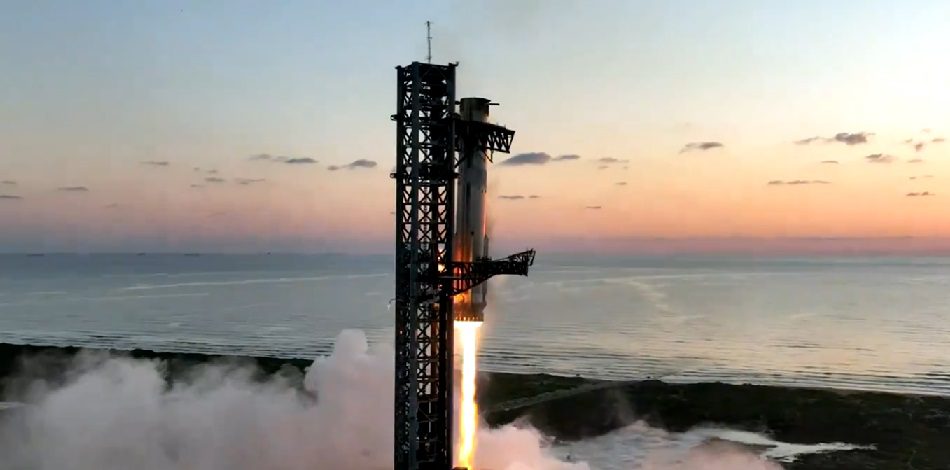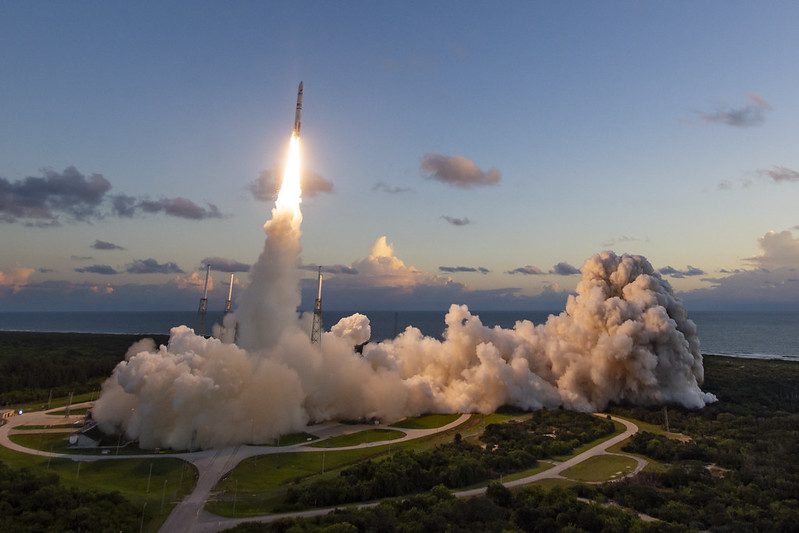China made further progress in its manned space programme. Not only did it make its first manned docking as its Shenzhou 9 spacecraft linked up with the Tiangong mini-space station, on board the craft as part of its three “taikonaut” crew was China’s first female astronaut.
China successfully launched its Shenzhou 9 spacecraft at 1037 on 16 June. The Long March 2F/G flight carrying the spacecraft took place from the Jiuquan launch site. The spacecraft was carrying three Chinese atronauts {“Taikonauts”) into orbit: Jing Haipeng, Liu Wang and Liu Yang – China’s first female astronaut.
In a show of the Chinese leadership’s confidence in its space programme, Chinese television, CCTV, was allowed to broadcast the launch live. The impressive coverage included the major seperation events and deployment of the craft’s solar arrays. After a few days in orbit, the Shenzhou spacecraft used an automatic system make a precision docking with the Tiangong 1 mini-space station/laboratory at 0608 GMT on 18 June. The hatch was opened and the two male crew entered the space station at circa 0910 GMT.
With all three crew aboard, at around 0318 GMT on 24 June, the Chinese manned Shenzhou 9 spacecraft undocked from Tiangong 1 mini-space station and moved approximately 400 metres away from the craft. The Shenzhou 9 craft, piloted by taikonaut Liu Wang, then approached Tiangong 1 to conduct a manual docking. The two craft were successfully manually redocked at 0448 GMT.
The test was to prove that the manual docking method was also a viable procedure should the automatic docking system ever fail.





